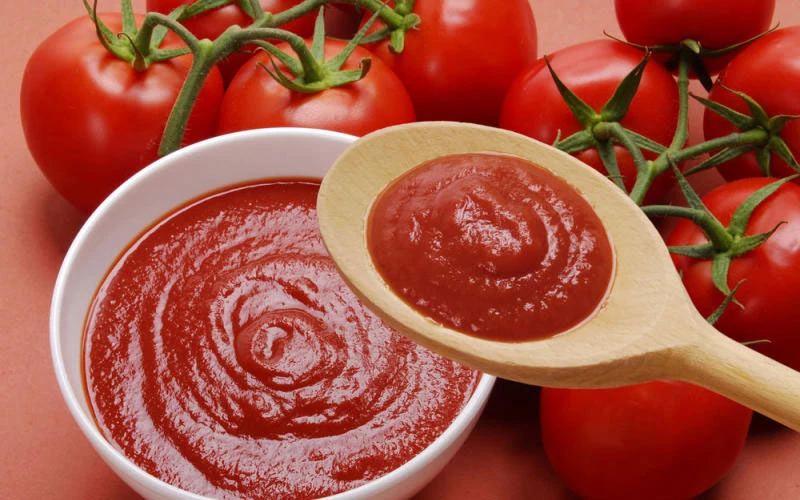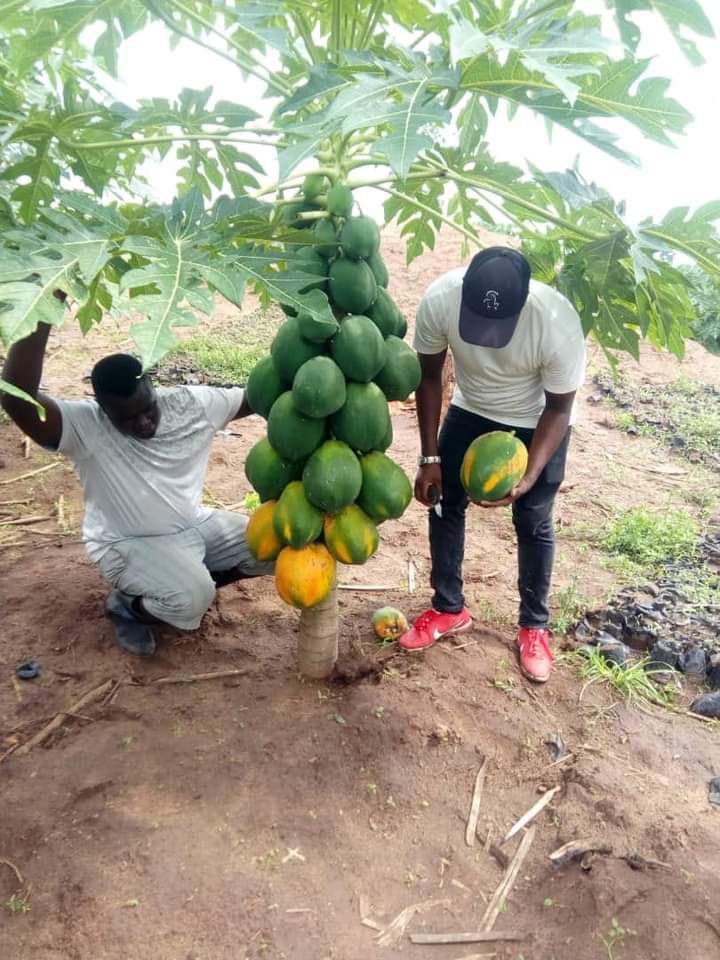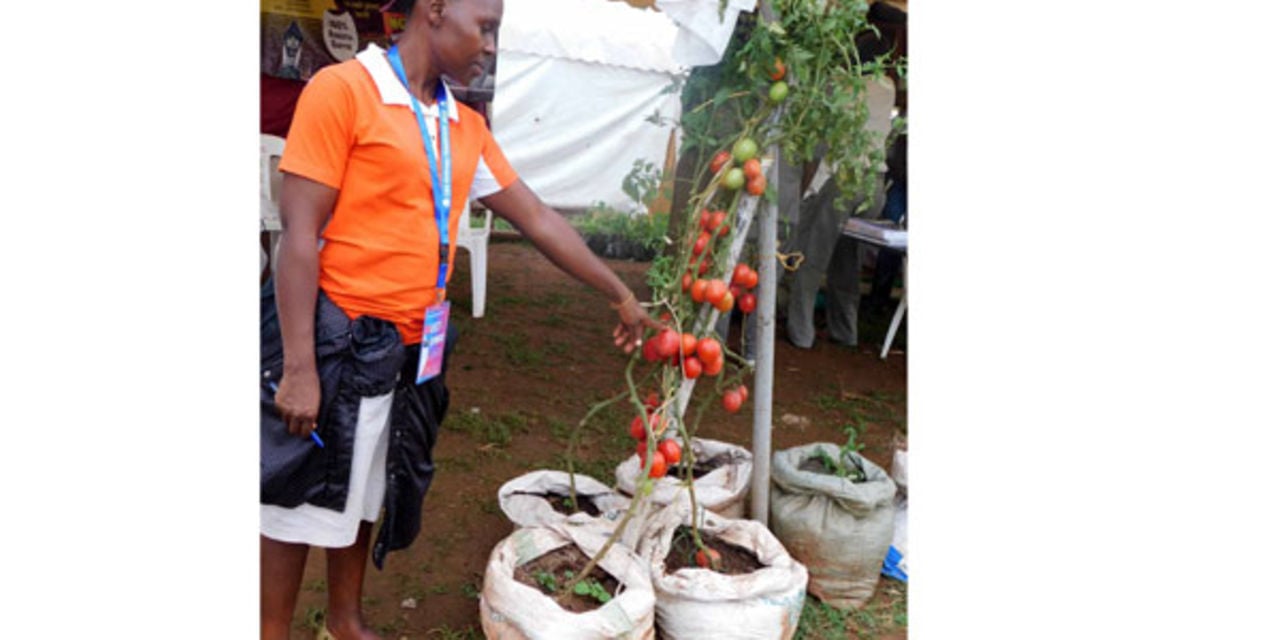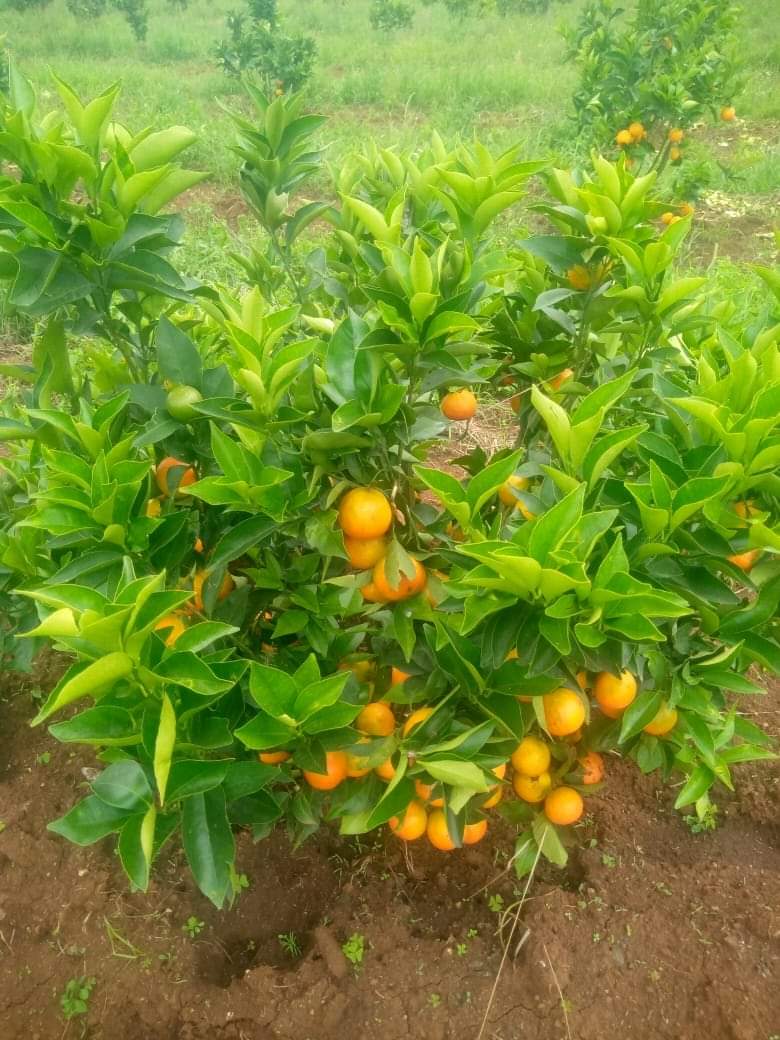Tomatoes are sensitive to weather conditions such as wind, moisture, temperature and chilling which makes the colour to be irregular.
They soften prematurely and may fail to ripen properly and decay when kept at below recommended temperatures.
Background
Farmers often lack the right containers for storing harvested tomatoes and instead use wooden crates or woven baskets that injure fruits.
Farmers tend to produce tomatoes all at the same time rather than staggering their planting seasons. This creates excess in the market resulting in serious postharvest losses.
As such experts from various technical institutions across the country have come up with a model of skilling the youth in tomato sauce processing which they say can curb the challenge of post-harvest losses.
The youth skilling initiative in agro processing is being spearheaded by Tropical Institute of Development Innovations (TRIDI).
Dr Geoffrey Ssepuya, a post-harvest loss management expert at TRIDI, says extending the shelf life of fresh produce through value addition significantly reduces post-harvest losses. Dr Ssepuya explaining about the innovation noted that skilling the youth in agro processing is meant to take care of the excess tomato which is being wasted by farmers.
As for now his team has been engaging a group of students from the technical in the skilling competition which started at regional level.
How to extend shelf-life
Ms Desire Busingye a nutritionist and a food expert from Nakawa Vocational Training Institute, narrates how tomato sauce is processed to Seeds of Gold.
Busingye says it is important to observe the procedure when processing tomato sauce, otherwise one can come up with a product which is not palatable for consumption.
The first step is washing the ripe tomatoes in water mixed with Jik for purposes of disinfecting possible infections in the tomato pulp.
The tomatoes must be removed from the washing container and rinsed thoroughly in fresh water before placing it in a saucepan for boiling for required period as it softens.
The next step is to peel off the outercover and squeeze the pulp and thereafter use a sieve to isolate the liquid from the residues. Pour the liquid in a saucepan for boiling.
There are ingredients which must be mixed in the boiling liquid and one can choose to include garlic, onions, sugar and salt in their required measurement. The row spices must be ground and tied in a clean handkerchief which is placed in boiling liquid and which must be pressed as the boiling takes place.
There are preservatives such as carbonzine methylcellulose, sodium benzaoate, and potassium sorbate which are mixed in water and dissolved into the boiling tomato sauce.
Once the preservatives are added, check the colouration of the sauce and in case it does not bring out the required colour then ponceauret colour can be added or put in black jack concentrate to mix the colour.
Once the boiling is done, it is left to cool and packaging in the required bottles can take place and thereafter stored in a cool place ready for sell.
Causes of post-harvest loss
Lack of facilities where tomatoes can be stored at the recommended cooling temperature, which minimises spoilage. Using inappropriate methods to transport tomatoes to market.
This includes motorbikes which vibrate and wobble resulting in mechanical damage to fruits.
Tomatoes are highly perishable and a lack of readily accessible markets results in spoilage, increasing postharvest losses for farmers.
Poor road infrastructure results in delays in transporting tomatoes to market, which increases postharvest losses.
Others are absence of permanent and standard selling place, poor marketing structures, absence of simple storage technologies to maintain and prolong shelf life, lack of cooling storage facilities, the low market price due to poor quality, absence of small-scale processing industries and lack of practical skills related to postharvest handling and temperature and relative humidity management.
Tomatoes should be harvested in the early morning or late evening, ideally when the temperature is around 20 degrees Celsius and the weather is dry.
Farmers are expected to assess maturity period before harvesting, check the quality, check the storage temperature, avoid injury during harvesting and keep produce in a cool place.
Key facts
Tomatoes should be harvested in the early morning or late evening, ideally when the temperature is around 20 degrees Celsius and the weather is dry.
Farmers are expected to assess maturity period before harvesting, check the quality, check the storage temperature, avoid Injury during harvesting and keep produce in a cool place.
SOURCE: https://www.monitor.co.ug/uganda/magazines/farming/how-farmers-can-add-value-to-tomatoes–3714138




